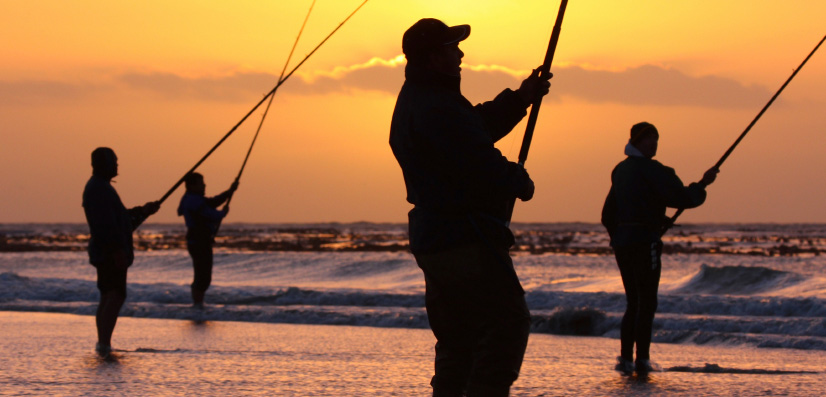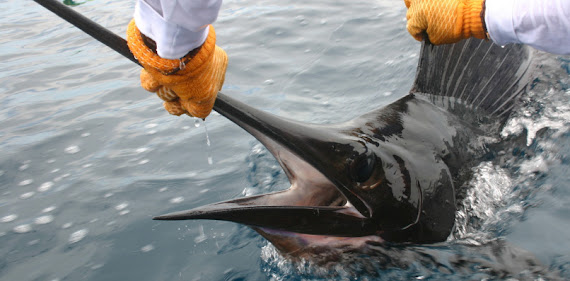.jpg) From Bonefish & Tarpon Unlimited
From Bonefish & Tarpon Unlimited
If you thought photographs of dead tarpon were things of the past in US waters, think again. We were recently provided photographs of what appears to be a growing ‘sport’ in coastal Louisiana – spearfishing for tarpon. Here are examples:
Even as the last tarpon ‘kill’ tournament in Florida changes over to an all-release format, and the Mexican fishery turns more toward catch and release, it appears that tarpon conservation is not a high priority in some areas. Indiscriminant and wasteful harvest of this important gamefish should no longer be allowed.
It is clear that there are significantly fewer tarpon around now than there were 30 years ago. And it is likely that the killing of tarpon by recreational (and commercial) fishermen of yesteryear contributed to tarpon population declines. This is the principal reason that Florida, Texas and other southeastern US states have severely restricted the harvest of tarpon.
The killing of tarpon anywhere impacts tarpon fishermen everywhere. BTU-supported research has demonstrated tarpon migrations that clearly show that tarpon fisheries throughout the Gulf of Mexico, southeastern United States, and the Caribbean are connected. This regional population model is further supported by genetic research that indicates a single large tarpon stock. In other words, there is no such thing as ‘their fish’ or ‘your fish’ or ‘my fish’. They are all ‘our fish’.
Tarpon are long-lived (>80 years) and slow growing, which means that they are especially vulnerable to harvest. The tarpon shown above all appear to be of mature size, so their deaths have important and grave implications for future generations.
Catch and release recreational tarpon fisheries are worth billions of dollars per year. These fisheries rely on healthy tarpon populations. BTU supports a regional approach to tarpon fisheries management. Part of such a management plan would include the severe limitation of tarpon harvest.
BTU urgently requests that the State of Louisiana, and other states with similar lax restrictions on tarpon harvests, implement measures that severely restrict the harvest of tarpon.
To learn more about the work of Bonefish & Tarpon Unlimited please click here.



No comments:
Post a Comment